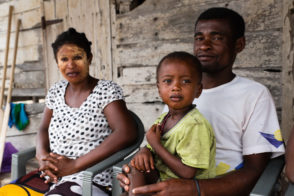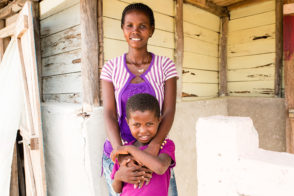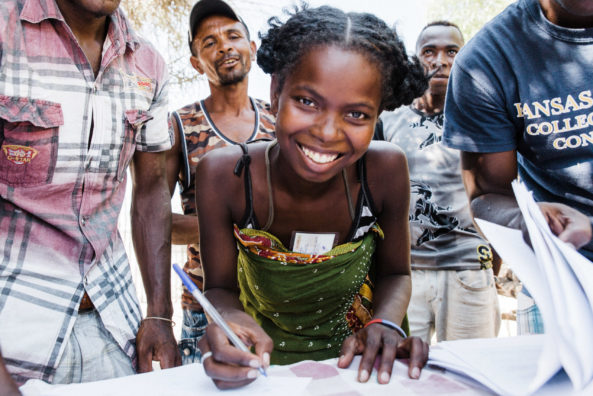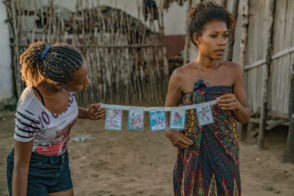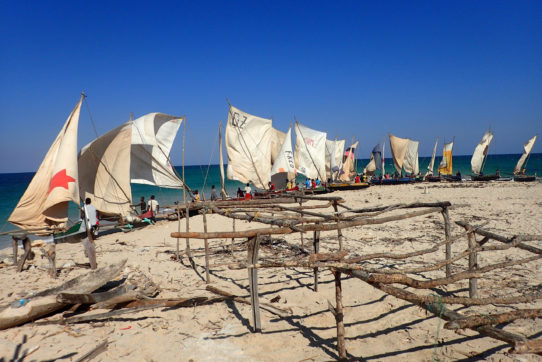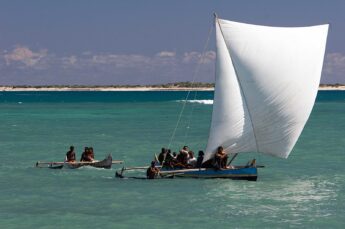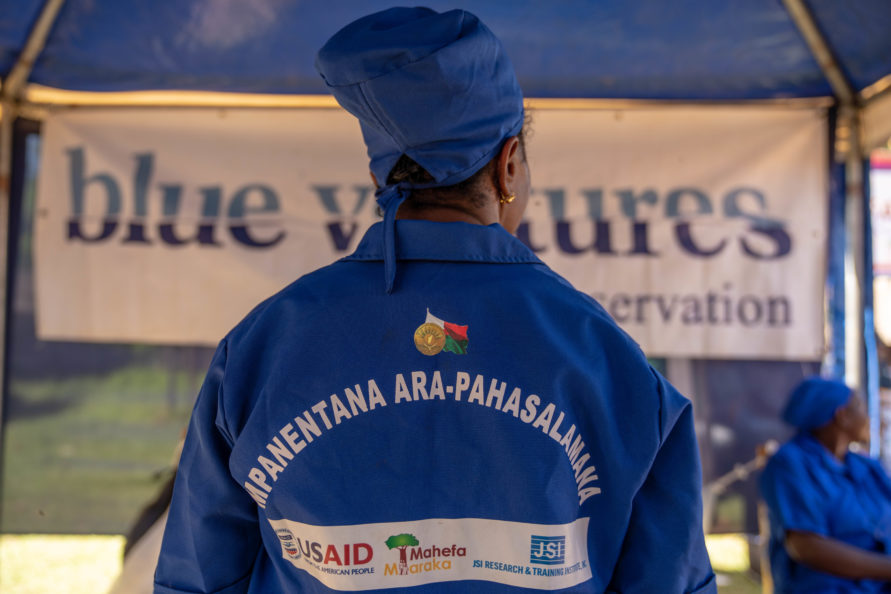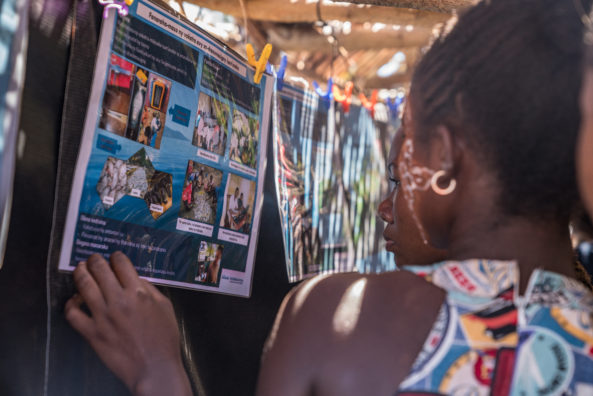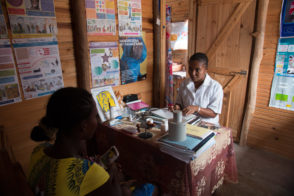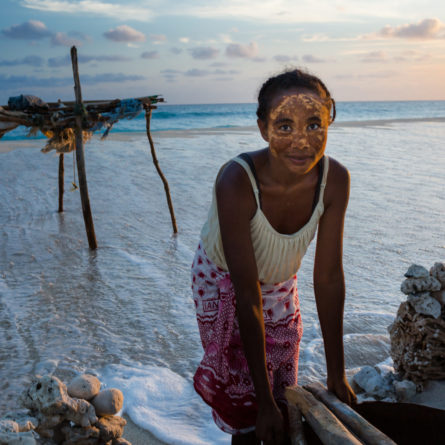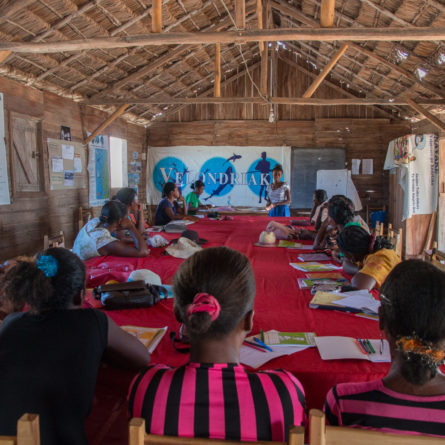Preventing mother-to-child transmission of HIV through a Health-Environment Partnerships approach
I recently joined Blue Ventures as a Technical Advisor on Health-Environment matters, and I was amazed by the strides the team had made. For nearly two decades, Blue Ventures has been working with underserved coastal fishing communities on the west coast of Madagascar to rebuild their fisheries and increase efforts in marine conservation. The journey of integrating health services within our conservation programmes started in 2007 with the birth of the community health programme, which initially addressed unmet family planning needs.
Since then, the programme has expanded its work to support a broader range of health outcomes. We strengthen sexual and reproductive health services, maternal and child health services, nutrition, water, sanitation, and hygiene (WASH). We are also at the front line in responding to the ongoing COVID-19 pandemic. In this same spirit, the community health programme embarked on a new journey to support HIV prevention services within five of the regions we work in across Madagascar.
Why now?
Despite the generally low prevalence of HIV in the island country, new HIV cases have risen by about 200% since 2010. Globally, fishing communities are one of the high-risk groups for HIV infection. In Madagascar, HIV prevalence rates are highest on the west coast where we work, directly affecting the communities. Therefore, with the rising number of HIV cases, we felt the need to support this unmet need urgently.
It would break our hearts to see these communities ravaged by HIV, and it is within our team’s ability to do something about it.” – Dr. Vik Mohan, Director of Community Health at Blue Ventures and founder of the Safidy community health programme.
Women and youth are the most vulnerable people within fisher communities, with expectant mothers at risk of transmitting HIV to their unborn children. Knowing this, we decided to focus our first HIV intervention on the prevention of mother-to-child transmission.
Why focus on mother-to-child transmission of HIV?
Our community health programme already seeks to improve the health of mothers and their children. Targeting pregnant women and their spouses with HIV testing and prevention services will enable those infected and uninfected to lead healthier lives, leaving them more able to participate in conservation activities. Such services can not be less significant. Over the years, the number of children in Madagascar who have turned HIV positive has increased. In 2020 alone, 39% of newborns whose mothers were living with HIV acquired the virus. In the rest of southern Africa, where programmes to prevent mother-to-child transmission of HIV are better developed, this figure stands at less than 5%. Providing timely HIV testing and prevention services to expectant mothers and their children will ensure fewer children acquire HIV from their mothers, contributing to better child survival.
How an ailing community translates to an ailing environment
Madagascar is not the only country in the Western Indian Ocean region whose fisher communities are affected by HIV. Evidence from various studies across East Africa has shown that fishers experiencing poor health due to HIV are more likely to engage in destructive, illegal fishing practices, demonstrating beyond doubt that poor fisher health leads to the degradation of the marine environment.
Our approach
Our approach to improving the health of the communities we serve is through the facilitation of health-environment partnerships. Thankfully, many of our existing partners have expertise in HIV prevention and treatment services. Currently, we are working closely with Population Services International (PSI) and MSI Madagascar. We are also embarking on a partnership with the Programme National de Lutte Contre Les IST-SIDA (PNLIST) under the Ministry of Public Health. By relying on the strengths of each organisation in HIV programming, we can provide proper coordination of the prevention of mother-to-child transmission services; at the community and health facility levels.
Is there hope?
Yes. We have witnessed firsthand the challenges expectant women face due to limited access to HIV prevention and treatment services. Despite the scale of the challenge, as we collaborate with other stakeholders, we hope to bring change by bringing these services closer to the communities. The scope of this programme will include, among other activities, training of health service providers on the provision of HIV prevention and treatment services and working with community health workers (CHWs) and youth groups to raise awareness on HIV within their communities. While raising awareness, we will encourage expectant mothers and their spouses to seek HIV testing services. Additional follow-up services for HIV-infected community members will include linkage to treatment and counselling services to ensure that people living with HIV get the care they need.
I am hopeful that our contribution and support to the healthcare system will increase the number of trained healthcare workers and also encourage more women and men to get tested for HIV” – Njaka Raveloson, National Community Health Programme Lead, Madagascar.
The future
We hope that our contribution will lead to better maternal, child, and overall community health outcomes within our fisher communities. Healthier communities are more able to engage in natural resource management. As such, improving and preserving the community’s health is not only a fundamental goal in its own right; it serves to support Blue Ventures’ marine conservation efforts. During this process, as we learn how best to address the threat of HIV, we’re better placed to support and empower other communities and our partners to do the same.
By Edith Ngunjiri – Technical Advisor for Health-Environment Partnerships.



